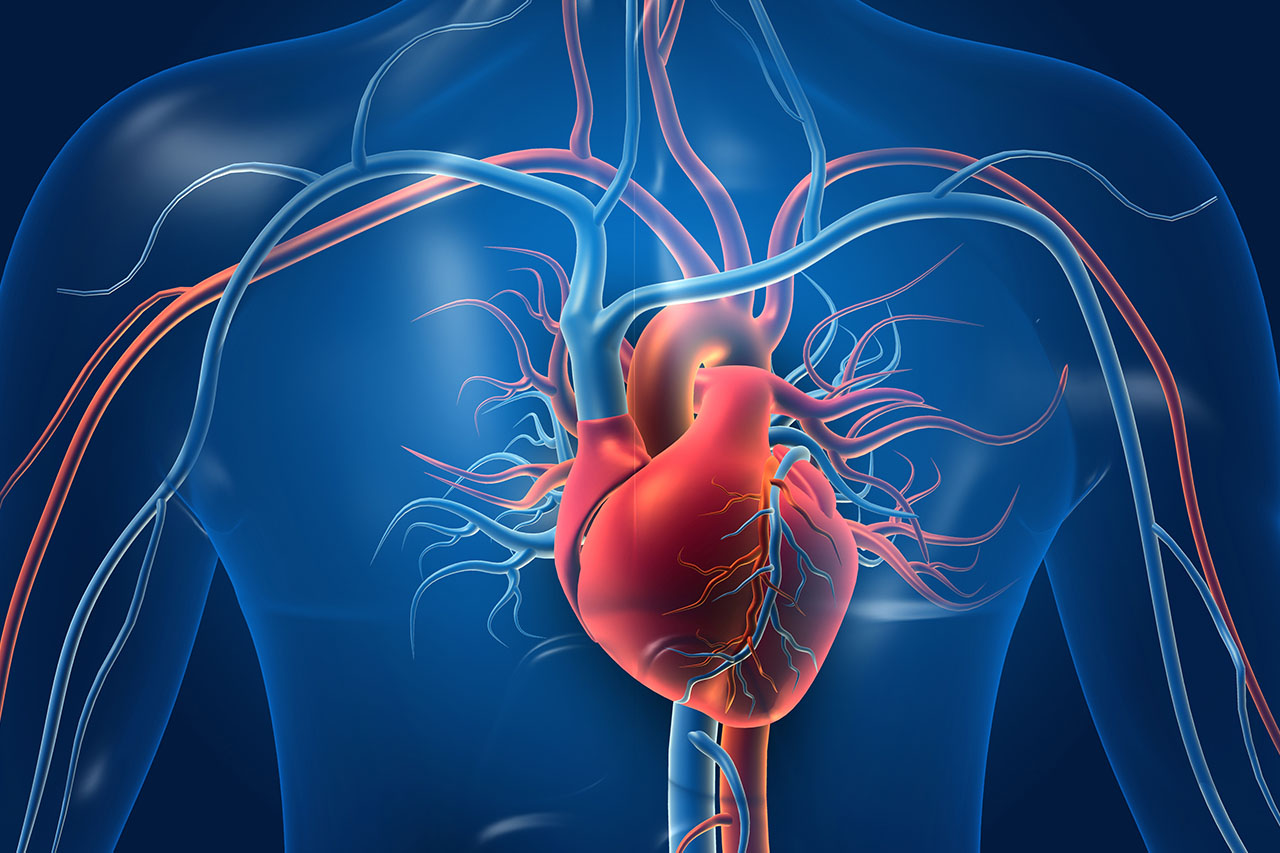Since the advancement of the internet and smartphones, there has been a rise in tech addiction among teens and young adults. In fact, the number of Internet users has increased by 1,000 percent in the last 15 years.1 The growing infatuation with the internet, social media applications, and smartphones has sucked people into online connections and caused them to stray away from face-to-face interaction. The coronavirus pandemic hasn’t helped either, and social distancing has kept us further apart and more in tune with technology than ever before.
As a drug and alcohol treatment center in Pennsylvania, we understand the dangers of addiction and the behavioral patterns behind it. One addiction can lead to another, and a person who becomes familiar with addictive patterns of behavior is at risk of developing a drug, alcohol, gambling, or even sex addiction.
What Is the Definition of Tech Addiction?
Behavioral addictions are characterized by an increasing inability to control, limit, or regulate a specific behavior. These forms of dependency also share similarities with obsessive-compulsive disorder. A tech addiction, or addiction to technology, falls under the category of behavioral addictions alongside gambling and sex addiction. Technology addiction includes an addiction to video games, social media, and the internet, among other things. As our dependence on technology to interact with one another increases, more young adults are struggling to limit their screen time, a pattern that can have a negative impact on work, school, family, and social life.
Because addiction is so intertwined with behavior, therapy that targets negative thoughts and behaviors is necessary for many people who develop a tech addiction. The cosmetic effects of drug addiction can be detrimental, and people with an addiction to technology can avoid substance abuse with help. At Clearbrook Treatment Centers, we offer cognitive behavioral therapy that can help people suffering from substance abuse disorders or technology addiction.
Causes of Addiction to Technology
The rise in tech addiction can also be attributed to the need to adapt to new devices. Certain cellphones aren’t even sold anymore, and older generations have to adapt to new devices, internet settings, and more. Many basic activities have also migrated online. Paying bills, managing bank accounts, and even certain jobs can all be done online, remotely. Social media has also played a big role in the rise of tech addiction. Social media applications like Instagram, Snapchat, and TikTok have taken over the internet, with billions of users each; however, these advancements aren’t the only contributing factors.
Like many addicts, people with an addiction to technology may turn to the internet or social media whenever they feel overwhelmed, stressed, anxious, depressed, or lonely. In a 2016 study, out of the 30 males who had an internet gaming addiction, 40 percent had antisocial personality traits, 30 percent had major depressive disorder, and 26.7 percent struggled with gambling, drug, or alcohol addictions.1While the causes of addiction to technology can be vast, it’s safe to say that mental illness and other forms of addiction are major contributing factors to this form of dependency.
Because tech addiction is associated with drug and alcohol abuse, it’s important to get professional help as soon as possible. For those who are struggling with a substance disorder, drug and alcohol rehab in Pennsylvania can help.
Prevalence of Tech Addiction
While the internet and cellphones were originally created to improve communication, it has slowly developed into a problem. While different forms of communication have resulted from the advancements in technology, these new developments have also become a distraction. It’s not only the applications or devices that have caused a rise in tech addiction but also the amount of time users spend in front of those screens.
In most studies conducted on the rise in tech use, 2008 seems to be the starting point. Facebook was created in 2005 and the iPhone hit tech markets in 2007, making 2008 a turning point for the tech industry. Since then, the diagnosis of conditions like anxiety and mental illness has risen by 33 percent since 2013, and 47 percent among millennials specifically.2 Mental health problems are commonly associated with tech addiction, so it’s not surprising that the rate of mental illness has risen parallel to advancements in technology. Another poll conducted by Common Sense Media involving 1,240 interviews reported that 59 percent of parents said their teens were addicted to technology.3 The same report found that nearly 80 percent of teens said they checked their phones every hour, and 72 percent said that felt the need to immediately respond to text messages and social media messages.3 In the United States, there aren’t many non-users left. When it comes to owning a cellphone, nine-in-ten adults younger than 50 say they go online or own a smartphone. In 2018, 97 percent of adults ages 18 to 49 were using the internet, and 91 percent of users from the same age group owned smartphones.4
Takeaway
Technology will continue to expand, and tech addiction will grow along with it. Tech addiction is dangerous because it revolves around unhealthy patterns of behavior. It can negatively impact a person’s life and the way they treat others. Self-isolation, severe weight loss, and mental illness are all linked to tech addiction. Fortunately, therapy can help. Our biofeedback therapy is used to treat physical and mental ailments like anxiety, stress, ADHD, and more. A person who is turning to drugs, alcohol, or technology to cope with their negative symptoms or feelings can refer to this therapy technique for help.
If you or a loved one is struggling with addiction, call us today at 570-536-9621 for more information about our addiction treatment programs and therapies.
Sources:
- NCBI – Internet addiction and problematic Internet use: A systematic review of clinical research
- BCBS – Major Depression: The Impact on Overall Health
- CSM – New Report Finds Teens Feel Addicted to Their Phones, Causing Tension at Home
- PR – Internet, social media use and device ownership in U.S. have plateaued after years of growth
Related Reading:
Best Hobbies for Recovering Addicts
Prayers for Those Struggling with Addiction







